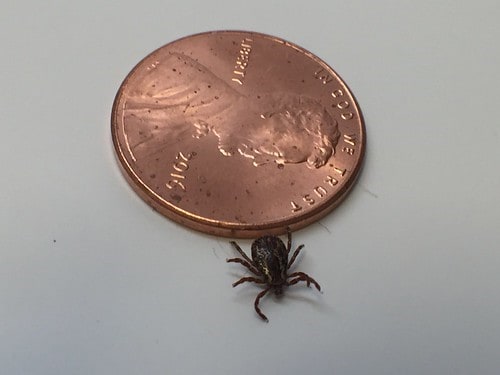Passive surveillance
Passive tick surveillance programs rely on the participation of the public to collect information on ticks. These programs allow researchers to provide members of the public with information about their tick bite. Collecting tick bite information also provides tick biologists with data that can be used to study this public health issue.
The Saskatchewan Ministry of Health, the University of Saskatchewan (USask) and the Roy Romanow Provincial Laboratory (RRPL) have been involved in passive tick surveillance since 2008. In the past, members of the public were invited to mail ticks that they found on themselves or their pets to USask or the RRPL.
As of April 1 2020, we are switching to eTick to manage passive tick surveillance in Saskatchewan
Surveillance using eTick
Researchers at Bishop’s University in Sherbrooke, Que., created the eTick system. This online tool provides members of the public with timely information about the tick species that bit them and the risk of exposure to tick-borne diseases. The eTick system will be available to Saskatchewan residents as of April 1, 2020.
The online passive surveillance program works as follows:
- As of April 1 2020, take a photo of the tick that bit you or your pet and submit these digital images using the online eTick system
- Please keep your tick in case we ask you to submit it by mail. You can euthanize the tick by placing it in the freezer for 24 hours.
- As part of the submission process, give relevant information such as where in Saskatchewan you encountered the tick.
- Once USask researchers receive your online submission, a team member will let you know the tick species that bit you.
- For purpose of quality control or if the tick species is one of medical concern (e.g. blacklegged tick), we will ask you to submit the tick by mail so we can confirm its species identity
Click the Link below to Learn More

